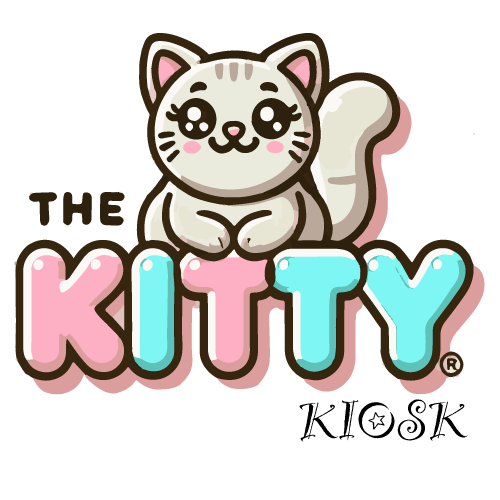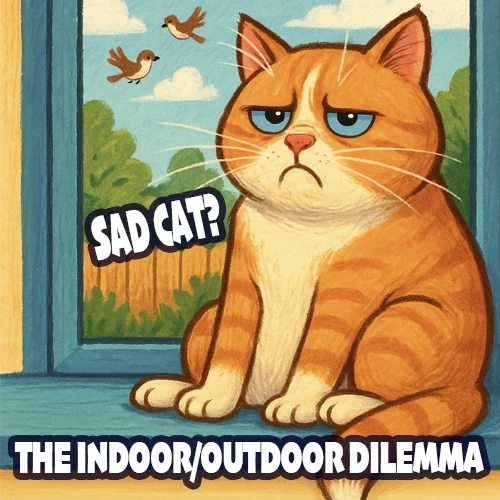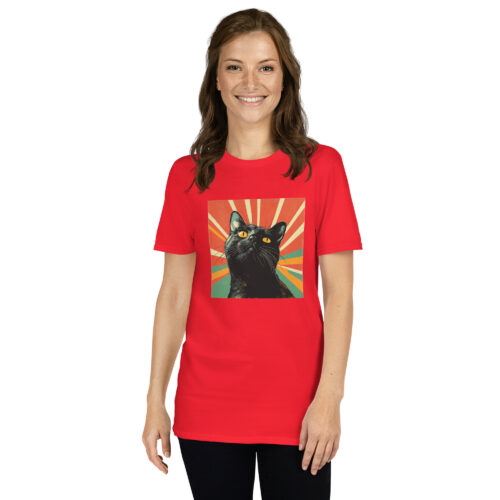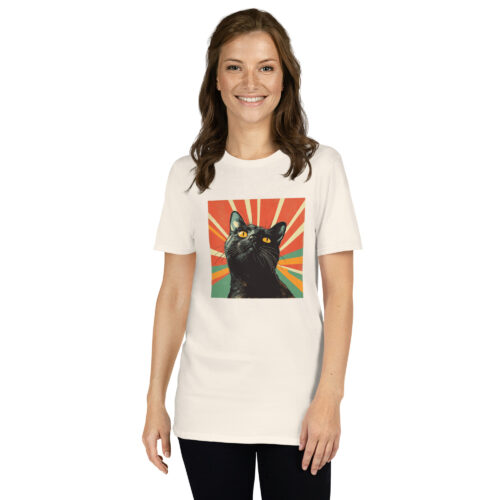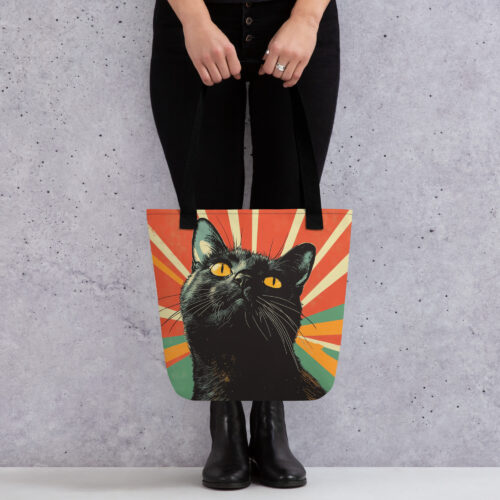
British Shorthair Cats: The Teddy Bears of the Feline World
Table of Contents
Ever looked at a cat and thought, “That’s not just a cat—that’s a living, breathing teddy bear”? That’s the British Shorthair for you! With their plush coats, round faces, and chubby cheeks, these adorable felines have charmed cat lovers worldwide. But there’s so much more to these delightful cats than just their cuddly appearance!
A Cat with History: The British Shorthair’s Royal Roots
The British Shorthair stands as one of the oldest identifiable cat breeds in the world, with origins potentially dating back to the first century AD. This impressive lineage gives them serious bragging rights in the cat world!
The exact origins are wrapped in a bit of historical mystery, with two fascinating theories:
The Roman Connection: Ancient Roman legionaries likely brought these cats to Britain over 2,000 years ago during their conquest. Roman chronicles describe large grey cats with sharp claws and huge yellow rounded eyes that sound remarkably like early British Shorthairs. These sturdy felines served as valuable mousers during the Roman occupation.
The French Theory: Some believe these cats originated at La Grande Chartreuse monastery in 16th century France. The monks bred them specifically for their exceptional ratting abilities and were so protective that they only sold spayed cats to the public! French sailors eventually brought these talented mousers to British shores.
By the 1800s, these cats had evolved into hardy street cats throughout Britain. Their transformation began with Harrison William Weir, “The Father of the Cat Fancy,” who saw potential in these everyday cats and began selective breeding programs.
The British Shorthair made its formal debut at the first-ever cat show at London’s Crystal Palace in 1871, where a blue tabby British Shorthair took home “Best in Show.” Talk about a grand entrance!
Like many breeds, the British Shorthair faced challenges during World War II when breeding programs were disrupted and food shortages threatened their existence. To save the breed, breeders crossed the remaining cats with domestic shorthairs, Russian Blues, and Persians – a controversial but necessary measure that saved these beloved cats from extinction.
That Unmistakable Look: What Makes Them Special
The Teddy Bear Build
British Shorthairs have a distinctive appearance that’s impossible to miss. They’re medium to large cats with a sturdy, compact body that gives them that solid, substantial feel. Males typically weigh between 12-18 pounds, while females are slightly smaller at 9-15 pounds.
What truly sets them apart is their overall rounded appearance:
- Round head with good width between the ears
- Round, full cheeks (their most distinctive feature!)
- Large, round, well-opened eyes
- Compact, well-balanced body
This delightful combination of features creates that sweet teddy bear expression they’re famous for. When you look at a British Shorthair, their face seems to say, “Hello there, would you like some tea?”
A Rainbow of Colors
While the “British Blue” (that gorgeous gray-blue coat) is the most famous variety, did you know British Shorthairs come in approximately 30 different colors and patterns? The palette includes:
| Color Type | Examples | Common Eye Colors |
|---|---|---|
| Solid Colors | Blue, white, black, red, cream | Gold/copper (blue eyes in whites) |
| Tabby Patterns | Classic, mackerel, spotted | Gold to copper |
| Bi-Colors | White with any other color | Gold, copper, or blue |
| Colorpoint | Similar to Siamese markings | Blue |
| Tortoiseshell | Multi-colored patches | Gold to copper |
Each color variety has its own charm, though that classic British Blue remains the most instantly recognizable.
That Magnificent Coat
The British Shorthair’s coat is truly something special – short, extremely dense, and plush with a crisp texture that makes it stand away from the body. Unlike many other cats, they don’t have an undercoat, which gives their fur that distinctive plush feel rather than being fluffy.
Running your fingers through a British Shorthair’s coat is like touching velvet – firm yet soft, with a luxurious density that few other breeds can match. The coat provides excellent insulation while remaining relatively low-maintenance – a perfect combination of function and beauty!
Personality: The Gentleman’s Cat
If cats attended a cocktail party, the British Shorthair would be that calm, charming guest quietly observing from a comfortable chair. Their temperament perfectly reflects their British heritage – reserved, dignified, and possessed of excellent manners.
Independent But Affectionate
British Shorthairs strike the perfect balance between independence and affection. They enjoy companionship without being clingy or demanding. While they might politely decline being carried around (dignity is important!), they’ll contentedly follow you from room to room, keeping tabs on your activities with quiet interest.
They’re not typically lap cats, preferring to sit beside you rather than on you, maintaining a comfortable proximity without being overwhelming. This makes them perfect companions for people who appreciate feline company without constant demands for attention.
Great Family Members
British Shorthairs typically make excellent family cats. They’re patient with children who treat them respectfully and usually coexist peacefully with cat-friendly dogs. Their adaptable nature helps them feel comfortable in various living situations, from spacious homes to cozy apartments.
What makes them especially appealing is their balance of independence with sociability. While they enjoy interaction, they’re equally content entertaining themselves when you’re busy – no guilt trips or destructive behavior when you need to focus on work!
The Age Factor
One fascinating aspect of British Shorthairs is their slow maturation process. While most cats reach full physical and mental maturity by about one year, British Shorthairs continue developing until they’re 3-5 years old!
This extended youth gives owners the delightful experience of watching their cat gradually transform from kittenhood to adulthood over several years. Even as they age, many British Shorthairs maintain a playful spark well into their adult years before settling into their more sedate mature personality.
As they enter their senior years, they typically become increasingly laid-back, preferring quiet relaxation to active play – though they’ll still engage in the occasional playful moment when the mood strikes.
Health & Care: Keeping Your Teddy Bear Happy
Health Considerations
British Shorthairs are generally robust cats with good longevity, typically living 12-17 years with proper care. While they’re free from many genetic issues that plague other breeds, there are some health considerations to be aware of:
Heart Health: Hypertrophic cardiomyopathy (HCM) occurs in some British Shorthair lines, particularly affecting males. Research from Denmark found male British Shorthairs were almost eight times more likely to develop HCM than females.
Dental Care: Gingivitis can be an issue, making regular dental hygiene important.
Blood Clotting: Hemophilia B appears in some bloodlines, though responsible breeders test for this condition.
On the positive side, research indicates British Shorthairs are less than half as likely to develop diabetes compared to other cats – a significant health advantage!
The Weight Challenge
The biggest health concern for many British Shorthairs is weight management. Their love of food combined with their naturally laid-back nature makes them prone to obesity if their diet isn’t properly monitored.
Tips to prevent obesity:
- Measure food portions rather than free-feeding
- Incorporate interactive toys to encourage exercise
- Schedule regular play sessions
- Consider food puzzles that make them work for treats
- Maintain regular vet check-ups to monitor weight
Simple Grooming Routine
Despite their luxurious appearance, British Shorthairs are surprisingly low-maintenance. Their grooming needs include:
Weekly brushing: During most of the year, a weekly brushing session is sufficient to keep their coat in good condition and strengthen your bond.
Seasonal attention: During spring and fall shedding seasons, more frequent brushing helps manage loose fur and prevents hairballs.
Basic care: Regular nail trimming, ear checking, and dental care round out their grooming needs.
Is a British Shorthair Right for You?
After learning about these charming cats, you might wonder if a British Shorthair would fit well in your home. They might be perfect for you if:
- You want an affectionate cat that respects your personal space
- You appreciate a dignified, well-mannered pet
- You’re looking for a cat that’s good with children and other pets
- You want a companion that can entertain itself while you’re busy
- You prefer a cat with a moderate activity level rather than high energy
However, a British Shorthair might not be ideal if:
- You want a highly active, playful cat that stays kitten-like throughout life
- You’re looking for a lap cat that wants to be held and carried frequently
- You’re not prepared to monitor diet and encourage exercise
Finding Your British Companion
If a British Shorthair seems like the perfect addition to your family, consider adoption first! While not the most common breed in shelters, rescue organizations sometimes have British Shorthairs or mixes looking for forever homes.
If you work with a breeder, do your research thoroughly:
- Look for TICA or CFA-certified breeders
- Ask about health testing, particularly for HCM and hemophilia
- Request to meet the parents and see the living conditions
- Be prepared to wait for the right kitten (quality breeders often have waiting lists)
Fun Facts to Impress Your Friends
Want some British Shorthair trivia to share at your next cat-lovers gathering?
- The Cheshire Cat from “Alice’s Adventures in Wonderland” was based on a British Blue Shorthair
- A British Shorthair named Smokey holds the Guinness World Record for the loudest purr (67.8 decibels – as loud as a dishwasher!)
- British Shorthairs were the first breed showcased at organized cat shows
- Their appearance in advertising has made them one of the most recognizable cat breeds globally
- Their slow maturation means they have one of the longest “kittenhoods” of any cat breed
British Shorthair Charm in Your Home
Bringing a British Shorthair into your life means welcoming a piece of living history – a descendant of cats that have been charming humans for potentially thousands of years. Their steady, reliable nature combined with that irresistible teddy bear appearance makes them companions that are easy to love and typically easy to live with.
They offer the perfect balance of affection without neediness, playfulness without chaos, and dignity without aloofness. Whether curled up on their favorite cushion or quietly supervising your activities, a British Shorthair adds a special presence to any home.
Have you fallen in love with British Shorthairs? Are you considering adding one of these teddy bear cats to your family? Drop a comment below – we’d love to hear your thoughts or answer any questions about these charming felines!
Loved this post? Explore more helpful cat care tips on our cat blog and join our community of cat lovers to share stories and advice!
Disclosure: This post contains affiliate links. If you purchase through these links, we may earn a commission at no extra cost to you.


